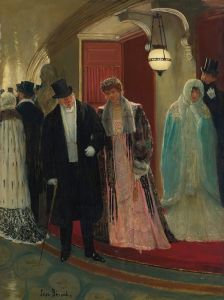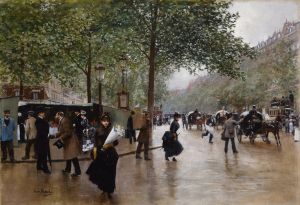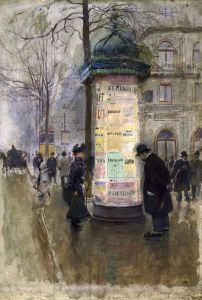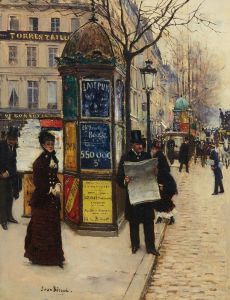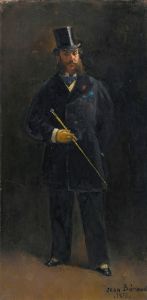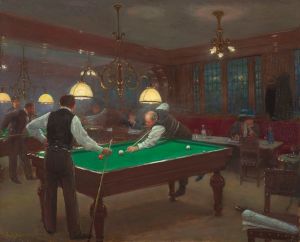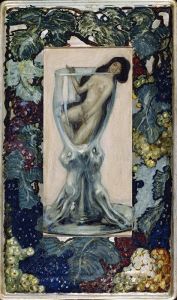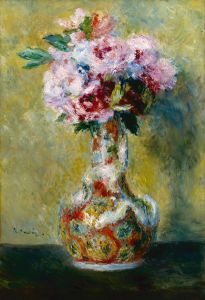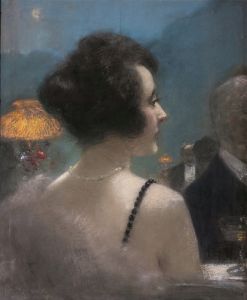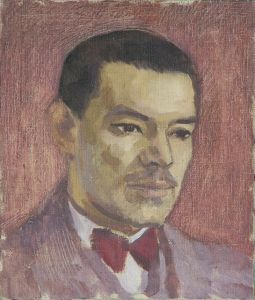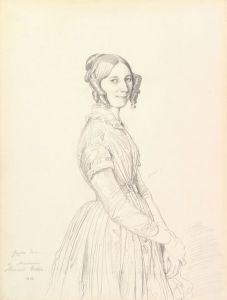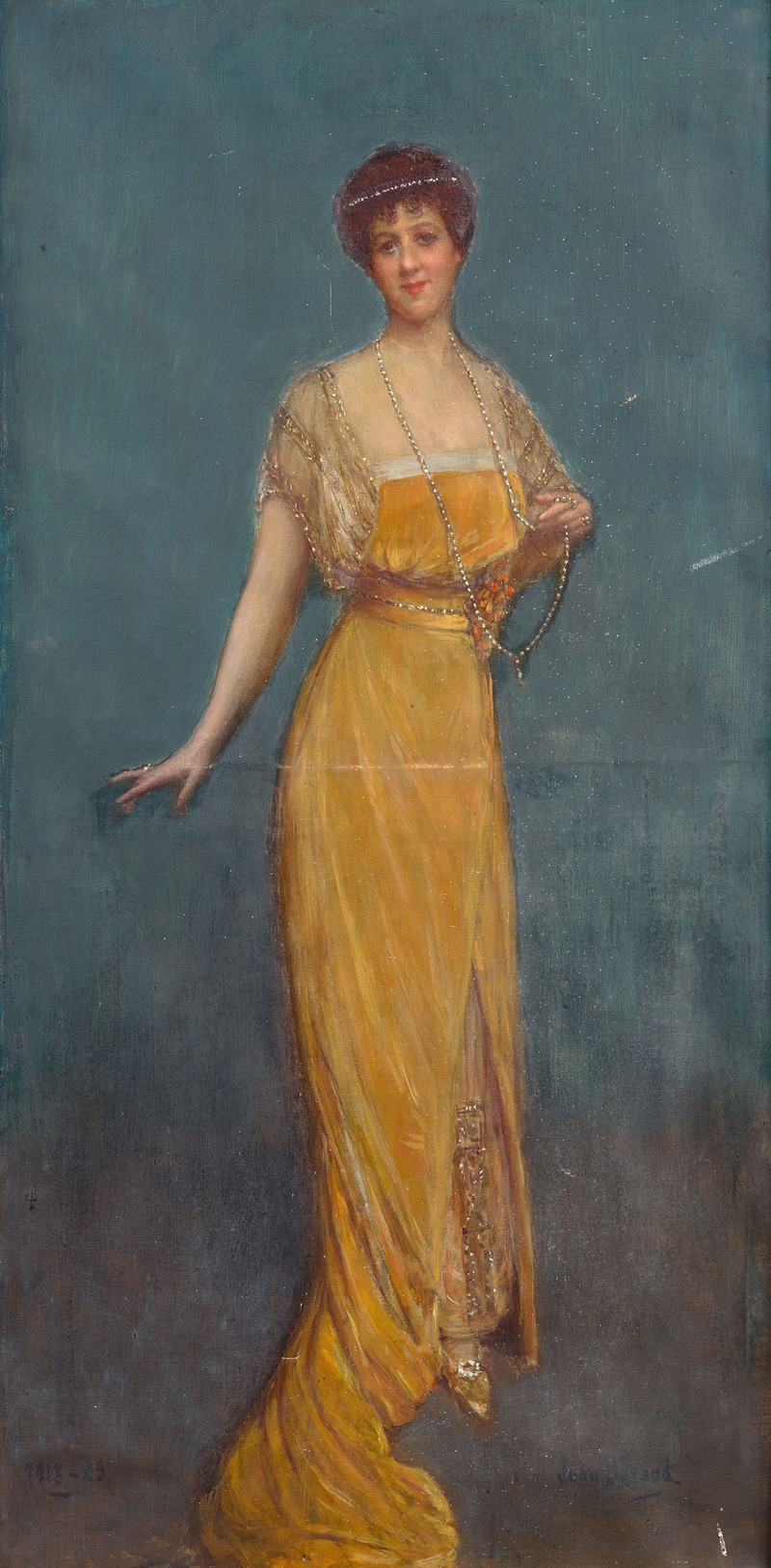
Portrait de Blanche Vesnitch, née Ulman, épouse de Milenko Vesnic
A hand-painted replica of Jean Béraud’s masterpiece Portrait de Blanche Vesnitch, née Ulman, épouse de Milenko Vesnic, meticulously crafted by professional artists to capture the true essence of the original. Each piece is created with museum-quality canvas and rare mineral pigments, carefully painted by experienced artists with delicate brushstrokes and rich, layered colors to perfectly recreate the texture of the original artwork. Unlike machine-printed reproductions, this hand-painted version brings the painting to life, infused with the artist’s emotions and skill in every stroke. Whether for personal collection or home decoration, it instantly elevates the artistic atmosphere of any space.
Jean Béraud's Portrait de Blanche Vesnitch, née Ulman, épouse de Milenko Vesnic is a painting attributed to the renowned French artist Jean Béraud (1849–1935). Béraud is celebrated for his depictions of Parisian life during the Belle Époque, often blending portraiture with genre painting. This particular work is a portrait of Blanche Vesnitch (née Ulman), who was the wife of Milenko Vesnić, a prominent Serbian diplomat, politician, and intellectual.
The painting captures Blanche Vesnitch in a poised and elegant manner, reflecting Béraud's skill in portraying the sophistication and individuality of his subjects. Known for his meticulous attention to detail and ability to convey the personality of his sitters, Béraud's work often bridged the gap between realism and impressionism. While the exact date of the painting is not definitively documented, it likely belongs to the late 19th or early 20th century, a period when Béraud was at the height of his artistic career.
Blanche Vesnitch was part of a significant cultural and political milieu due to her marriage to Milenko Vesnić, who served as the Serbian ambassador to France and later as the Prime Minister of the Kingdom of Serbs, Croats, and Slovenes (later Yugoslavia). Her portrait by Béraud suggests her prominence in social and diplomatic circles, as well as her connection to the artistic and intellectual elite of the time.
The painting is executed in oil on canvas, a medium commonly used by Béraud. His portraits often feature a refined palette and a focus on the sitter's expression and attire, which provide insights into their character and social standing. In this work, Blanche Vesnitch's attire and demeanor likely reflect the fashion and cultural norms of the Belle Époque era.
Currently, detailed information about the painting's provenance, current location, and exhibition history is not widely available in public records. As with many works by Béraud, it is possible that the painting resides in a private collection or a museum, though specific details remain unclear.
Jean Béraud's portraits, including this one, continue to be appreciated for their historical and artistic value, offering a glimpse into the lives of notable figures and the cultural atmosphere of late 19th and early 20th-century Europe.





